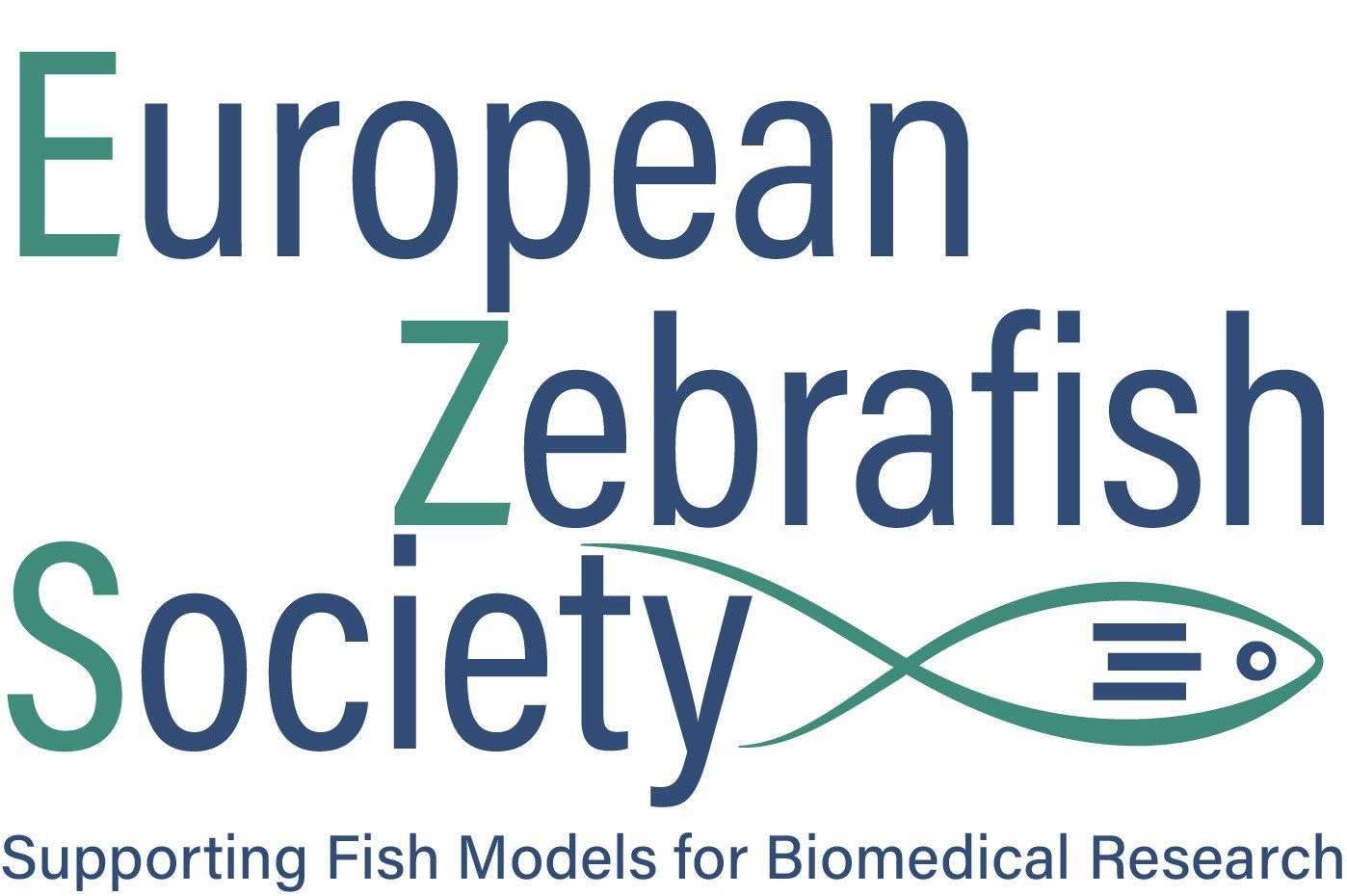About us
The society was founded to continue the idea of the COST Action and later EuFishBioMed, a European funded infrastructural activity. Currently more than 180 mainly Europe-based research groups are linked by this network, which reaches about 1000 scientists.
The small laboratory fishes, such as zebrafish, medaka, xiphophorus and killifish, are increasingly being used as biomedical model organisms. Sequenced genomes and a rich repertoire of genetic, molecular and cellular manipulation tools and a unique set of properties (small size, numerous offspring, optical transparency of the embryo, amenability to genetic and chemical screens), has made them increasingly popular vertebrate animal models among biomedical researchers. It has now become clear that the potential of small fish models far exceeds cell biology and developmental genetics, being valuable in almost all biomedical areas, including for example research on cancer, cardiovascular and neurodegenerative diseases, neurology and behaviour. We now have biomedical fish models that in many areas rival, and in some exceed, the versatility of the laboratory mouse.
The increasing interest in these fish models is reflected in the marked increase in publications in the recent years: the annual number of PubMed references on zebrafish has more than quadrupled in the past decade. Nevertheless, the field is still relatively small and in many areas, such as cancer research, neurology, cardiovascular research and other traditional medical disciplines, the potential of the fish models has still to be fully utilized.
